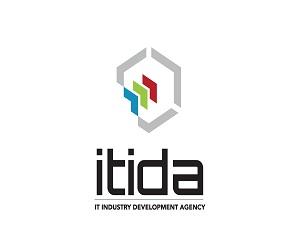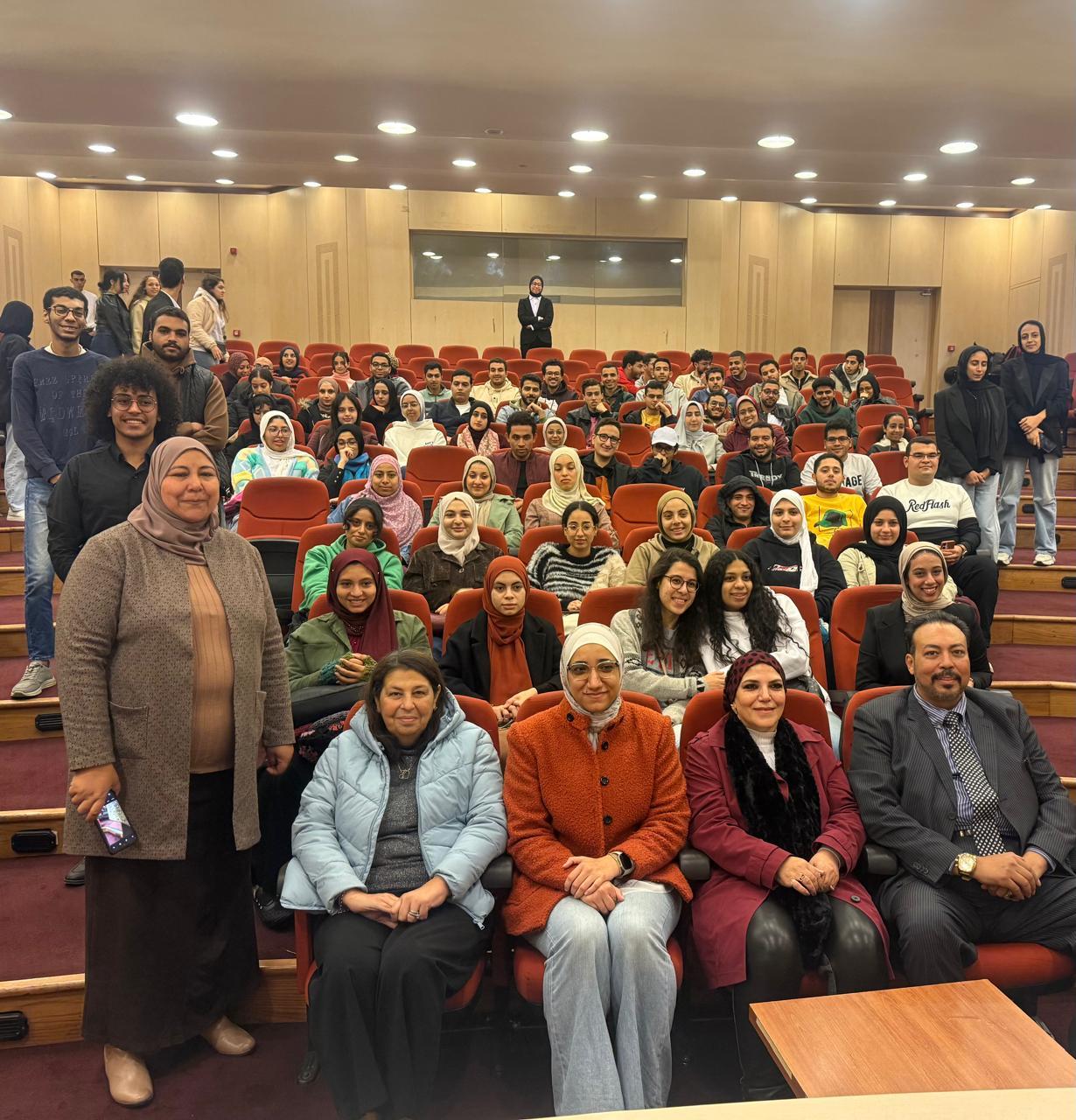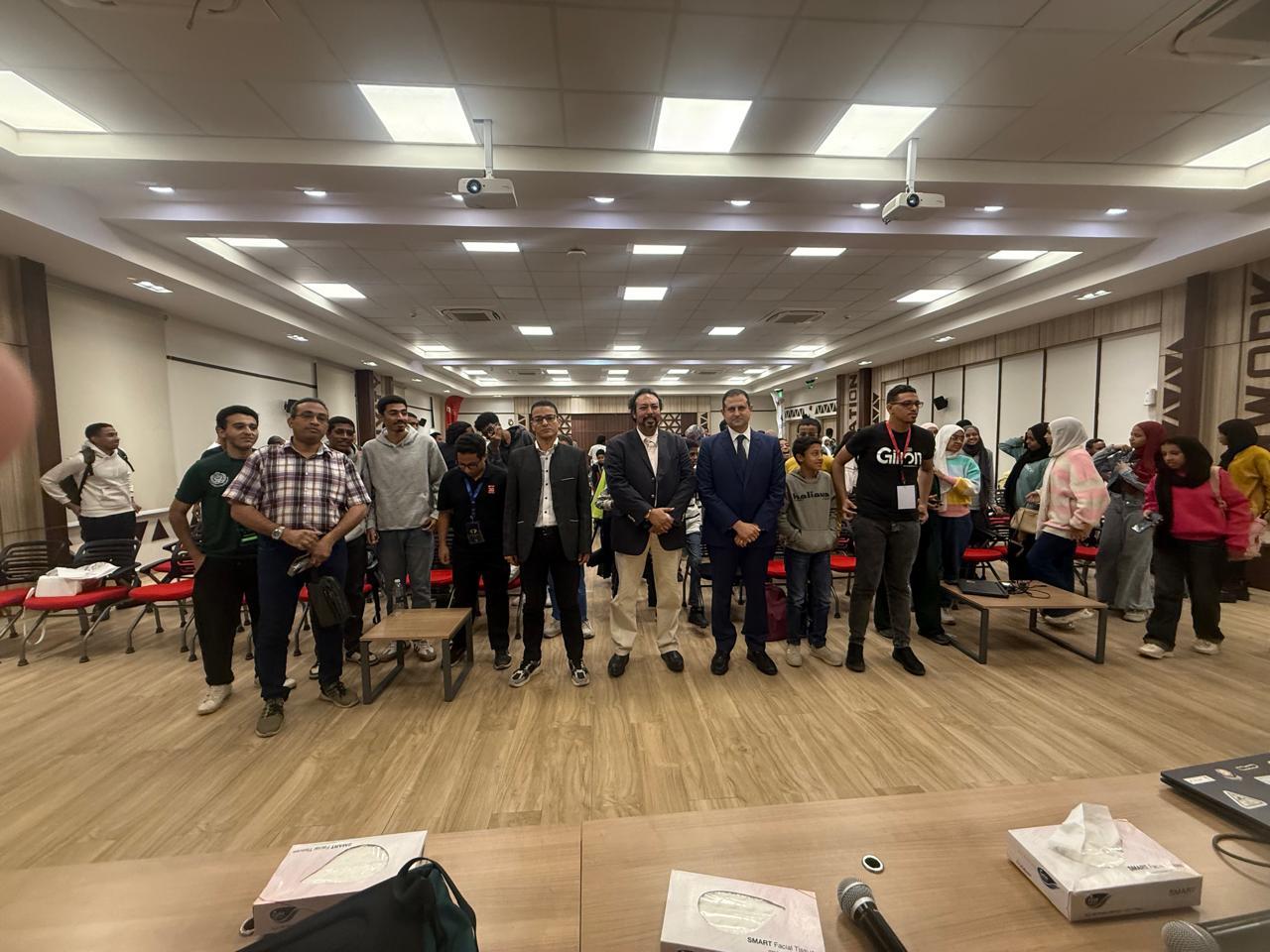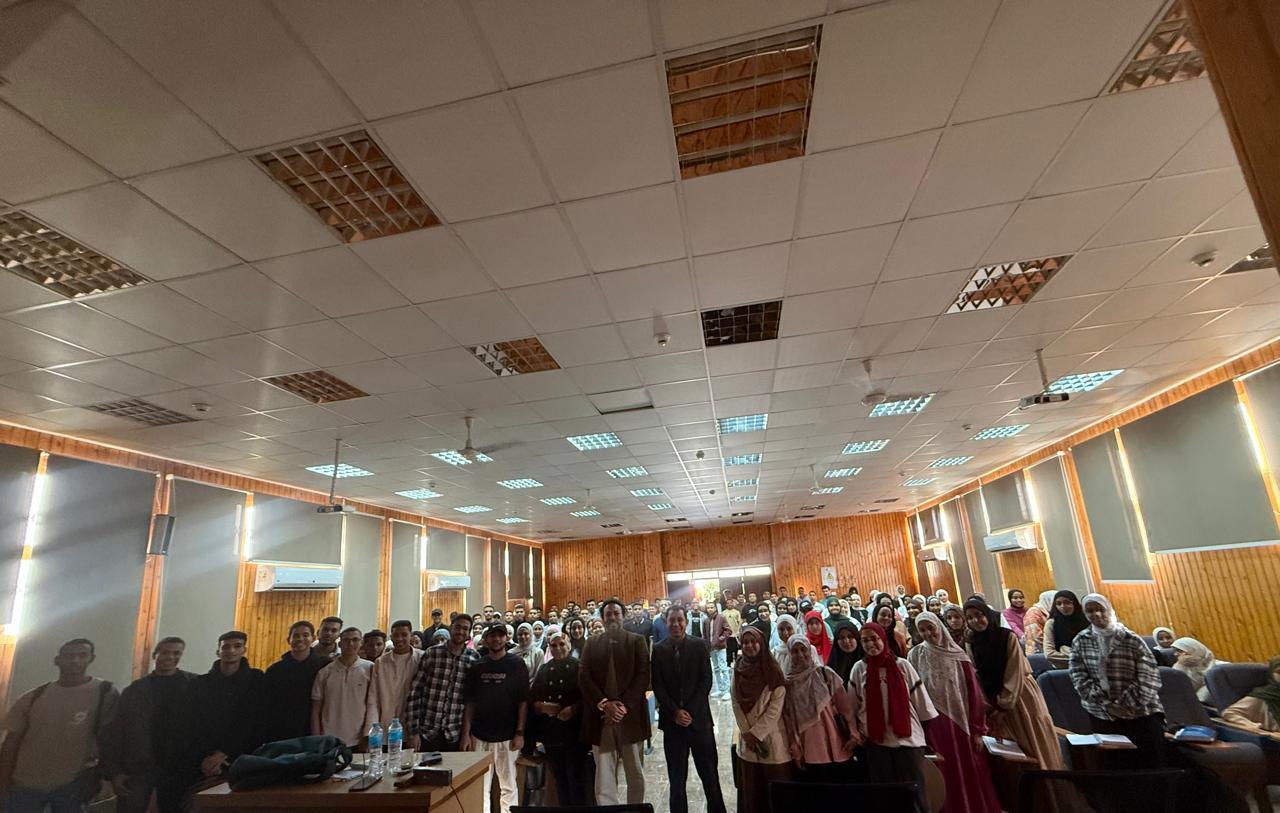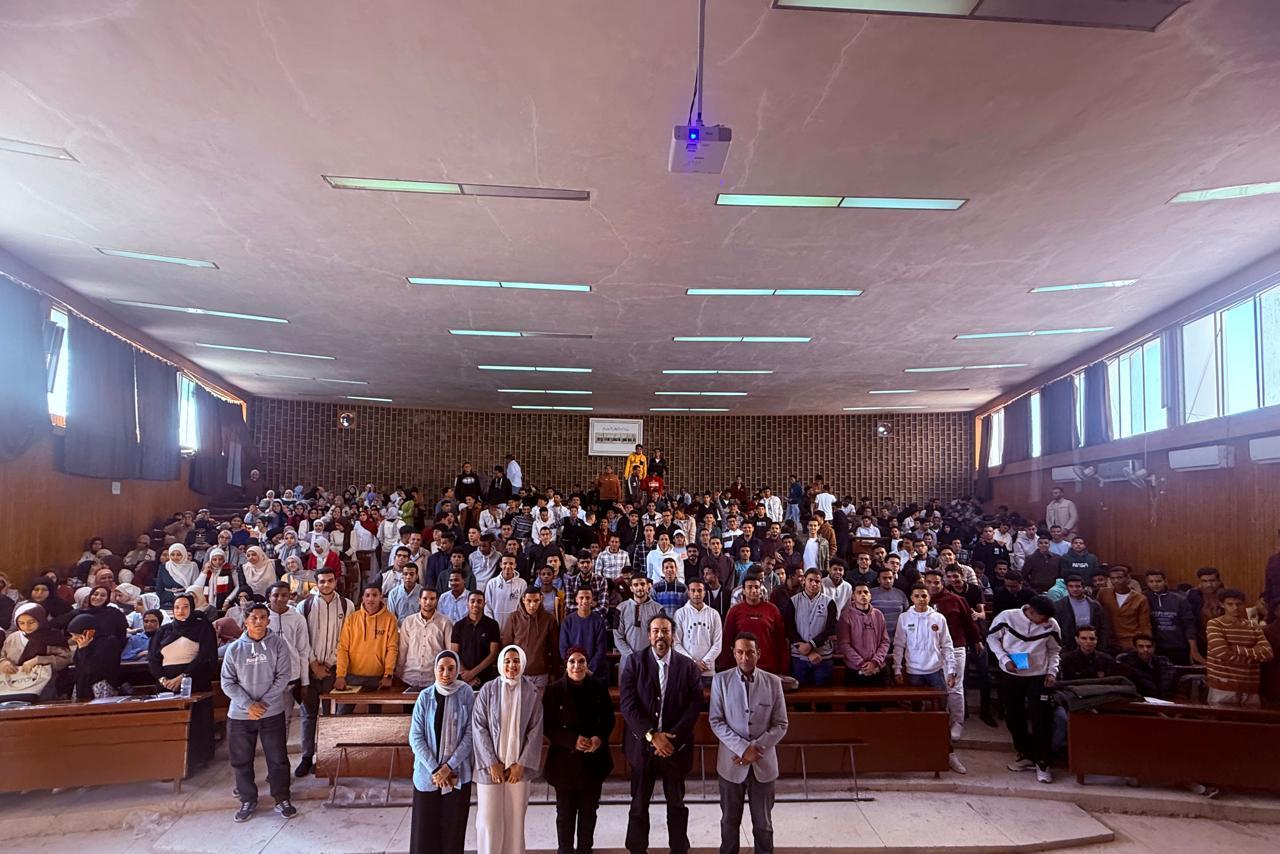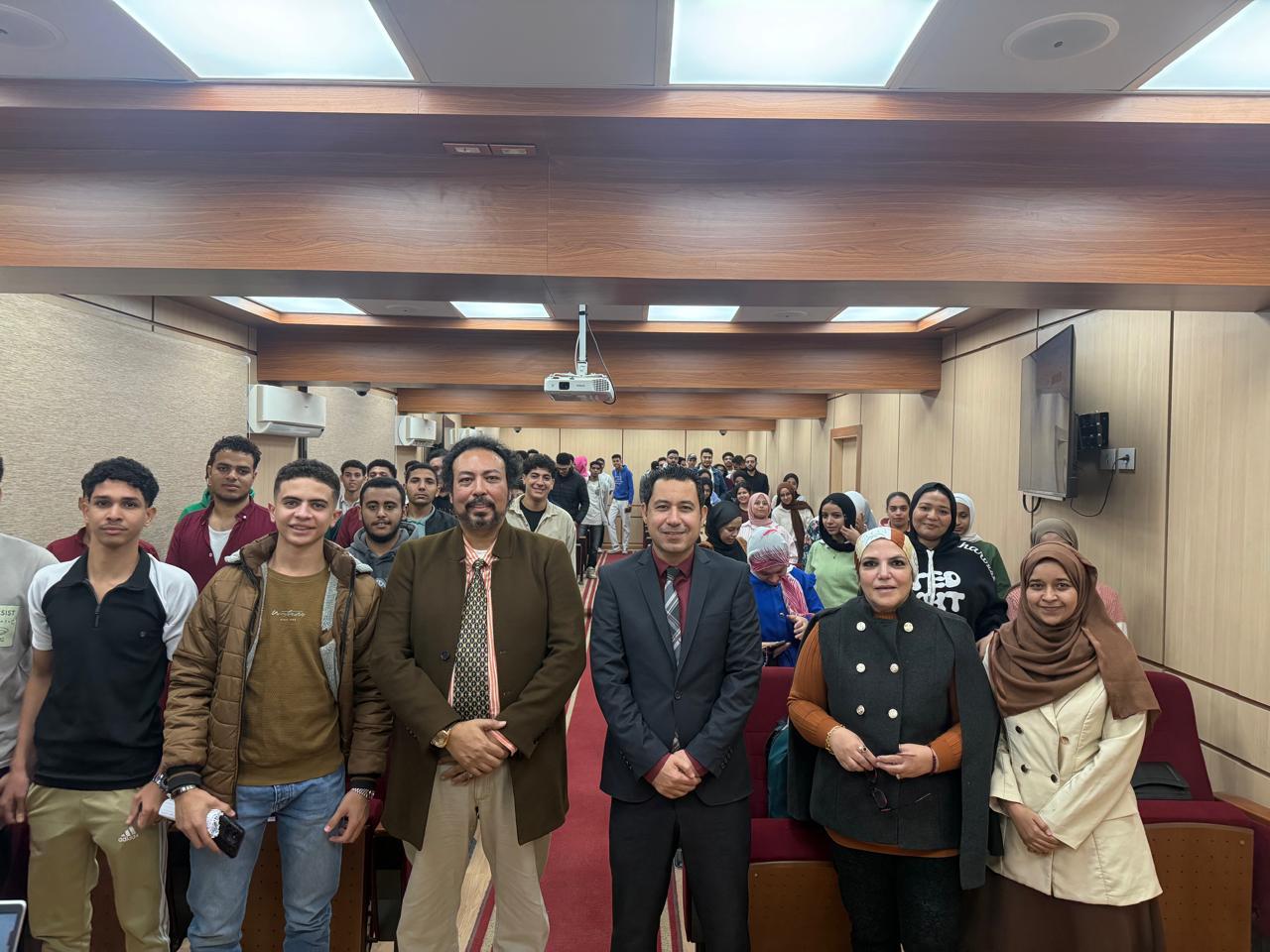By : Mohamed Elkholy – Bakinam Khaled
Since entering the Middle East and North Africa market in 2016, Liferay Inc., a provider of an open-source platform for creating digital experiences on the web, mobile, and connected devices, has achieved impressive revenue and growth rates for five consecutive years, particularly in Egypt and the Gulf region, which reinforced the company's optimistic outlook for growth in the current fiscal year, reflecting the growing demand for personalized customer experiences. Despite the pandemic and economic constraints, the company experienced triple-digit growth in Digital Experience Platforms (DXPs) and DXP Cloud in the MENA region during this period.
This regional expansion is a result of the promising, rapidly rising markets of Egypt, the United Arab Emirates, and Saudi Arabia, which have a sizable customer base in the financial services, insurance, telecommunications, and manufacturing industries. These industries are experiencing a surge in the use of unified and optimized experiences across platforms and contact points.
In particular, Liferay achieved rapid success in Egypt and became involved in assisting the Egyptian government's attempts to accelerate the speed of digital transformation. Liferay has provided services to numerous large companies and institutions seeking to quickly adapt to this transformation in a variety of industries, as well as to numerous leading government institutions, banks, companies' insurance and mobile operators, among whom are the Arab African International Bank (AAIB) and AXA Insurance.
Liferay also has a sizable customer base in the Saudi market, which includes prominent companies in a variety of economic sectors, such as Tawuniya Insurance Company, Zain, and Alinma Tokio Marine, and has benefited from the Kingdom of Saudi Arabia's decision to adopt open-source software such as Liferay solutions that activate data in real time to accelerate innovation, which has resulted in companies allocating massive sums of money to adopt digital transformation.
Liferay has a significant presence in the UAE, having opened its first office in the region (Dubai), attracting a promising and rapidly rising customer base, and partnering on numerous smart government programs, such as the collaboration with Smart Dubai to establish the "Invest in Dubai" platform.
General Manager of Liferay Middle East, Moussalam Dalati, stated, "At Liferay, we are committed to promoting innovation and enhancing user experiences through technology, and we are reaping the benefits of our efforts .
Enterprise ICT service providers’ struggle with ‘Voltage Drop’ ceiling spurring market consolidation, says GlobalData
By : Wael Mohamed – Bakinam Khaled
Enterprise ICT service providers are struggling to grow beyond their core customer base, according to GlobalData, which notes that this ‘voltage drop’ is responsible for driving recent merger and acquisition (M&A) activity.
Robert Pritchard, Senior Analyst at GlobalData, comments: “ICT service providers are hitting a ‘voltage drop’, which is effectively a ceiling whereby early customer momentum slows as scale grows. They all want to grow market share, revenues, and profitability, but in a super-competitive environment, this is a challenge that will drive further consolidation.
“The challenge that enterprise ICT service provides are facing is evident across tech segments: new products and services create traction, but more often than not the size of the customer base stays the same after initial growth. Progress becomes incremental rather than radical.”One aspect that causes the voltage drop phenomenon is the challenges that come with change and innovation.
Pritchard continues: “Already incumbent service providers gain a significant advantage by serving highly sophisticated multinational, enterprise, and government customers whose technologies, systems and processes are already part of their operational DNA. The challenges of ‘rip and replace’ are too much of a risk to these more complex customers’ day-to-day operations. As a result, service provider revenue growth tends to be incremental and driven by exogenous events such as M&As, changes in regulations, and fundamental industry/technology evolution – but these are relatively rare.
“When it comes to the small and medium-sized business (SMB) segment, customer churn is far more of a factor in the market, but the voltage drop also applies. Many SMB providers reach a base of customers that flatlines after a while–with players tending to win new business at the same rate as they lose existing business.”
As a result of the voltage drop, ICT service providers pursue three main growth strategies: incremental growth by the addition of new products, professional services, and reach; partnerships to complement the existing portfolio with adjacent offerings (such as cloud and security); and acquisitions.
Pritchard adds: “The problem with acquisitions is that they are difficult. Integration of infrastructure, systems, processes, organizations, cultures, and management are a challenge. However, if executed well, they can improve both top and bottom lines. With a number of recent acquisitions and combinations both within individual countries and across borders, we expect more of the same as service providers look to overcome the voltage drop phenomenon.”



























































